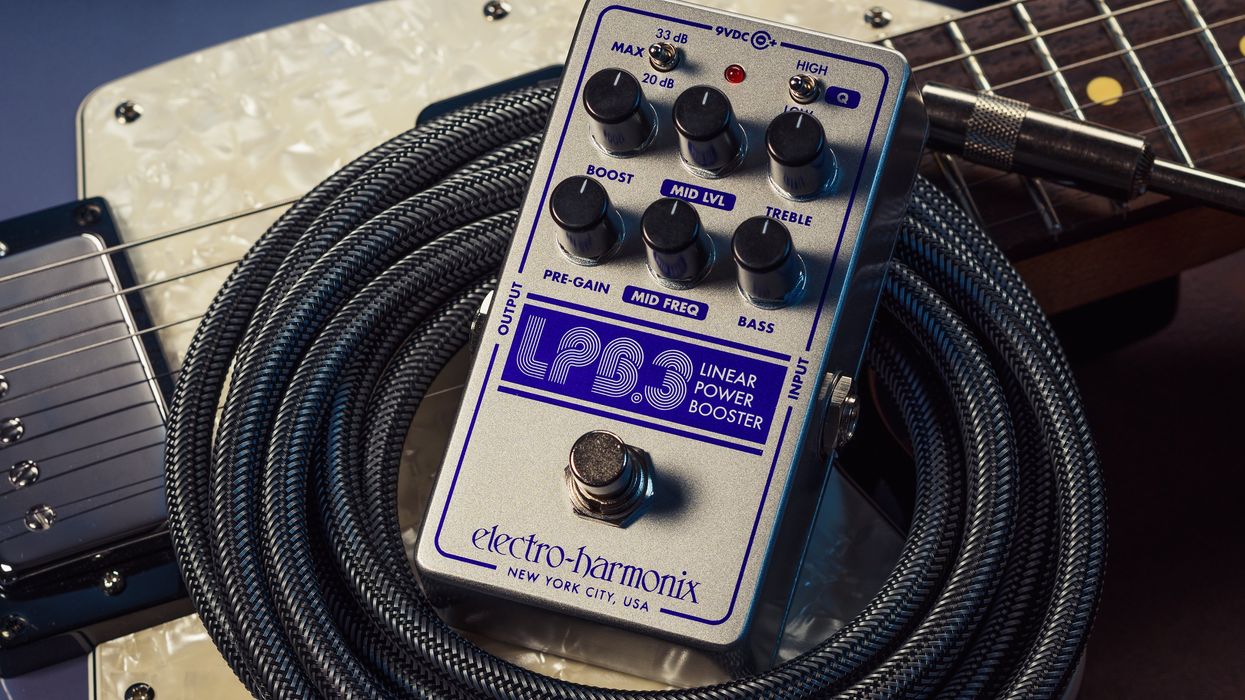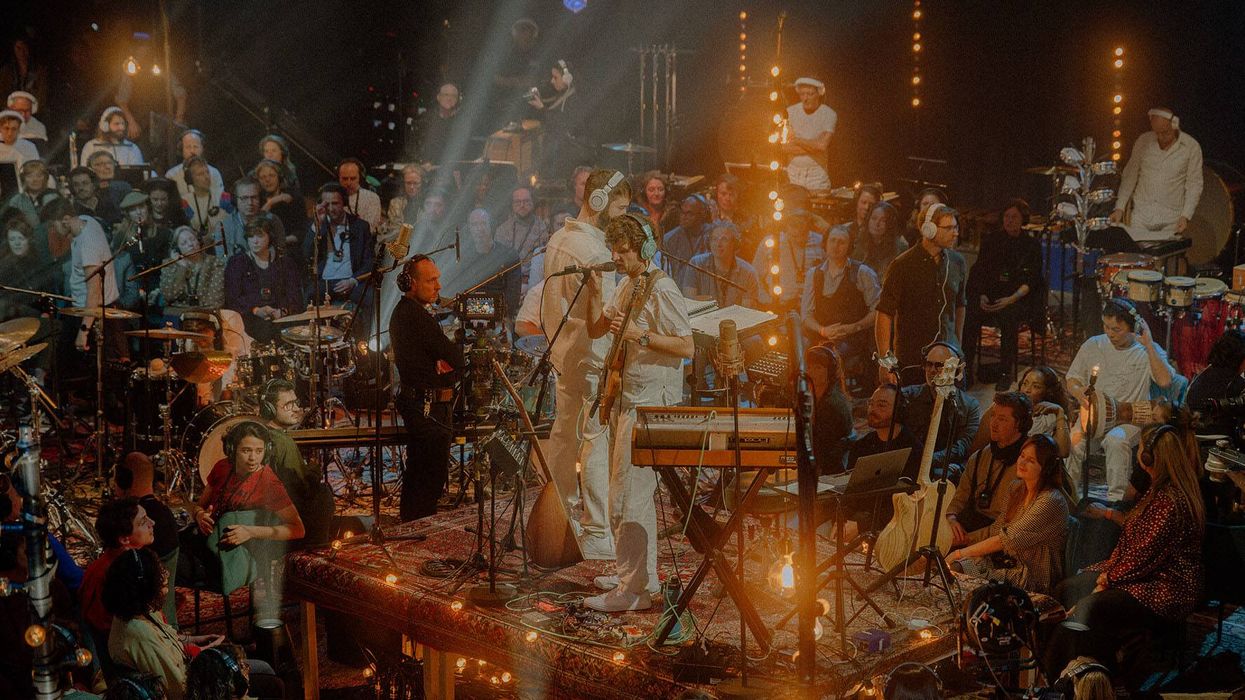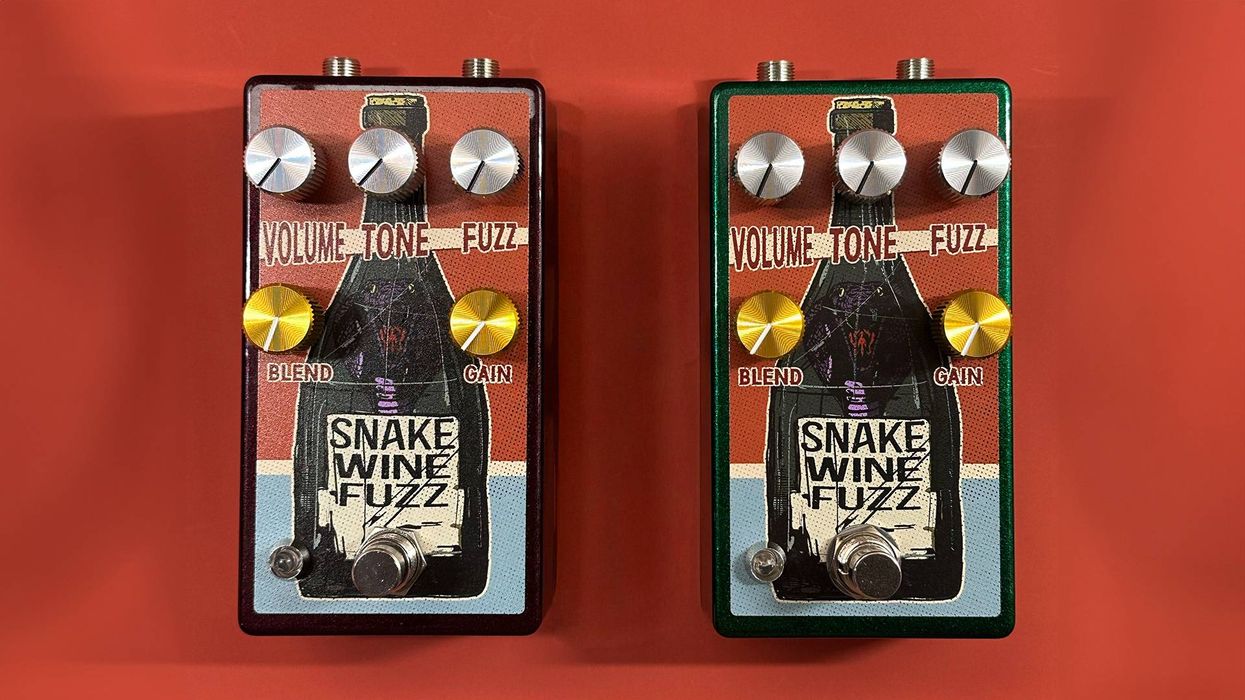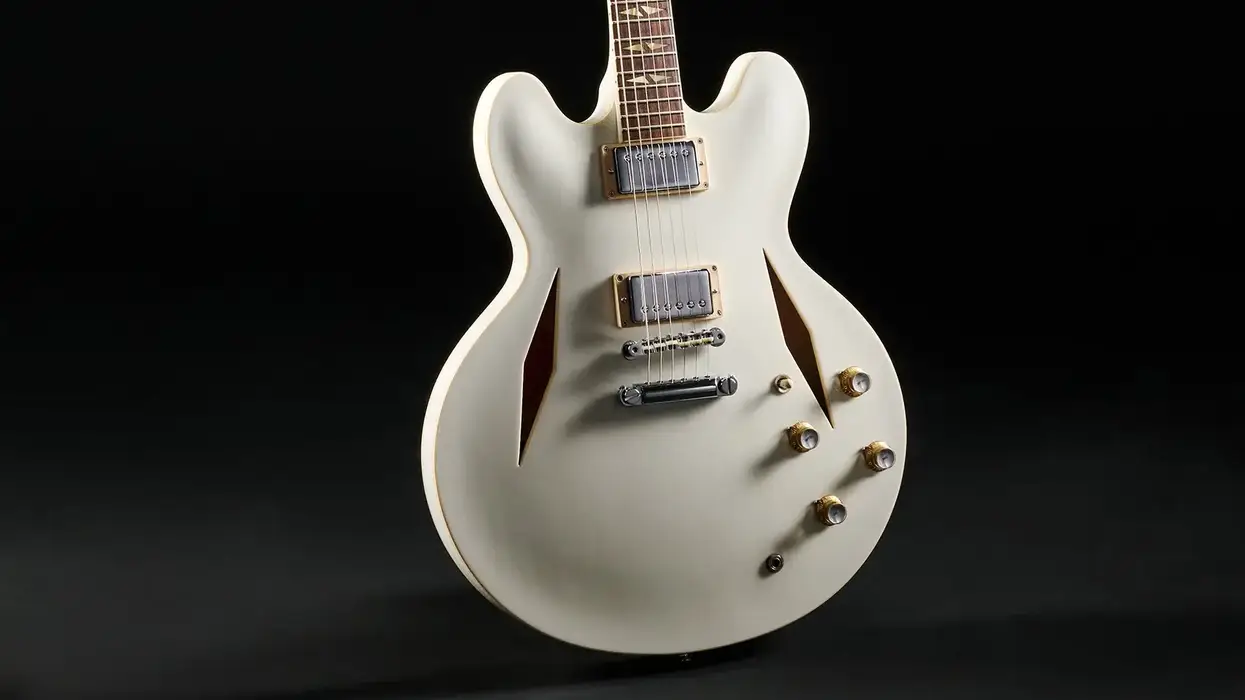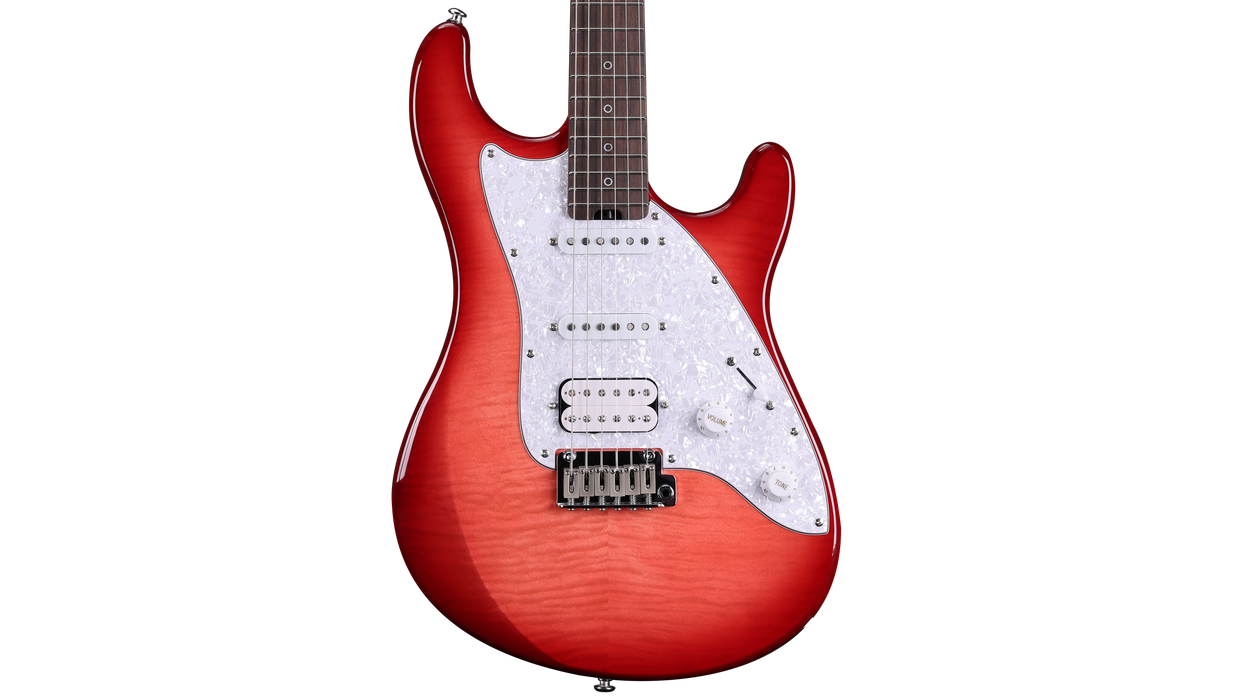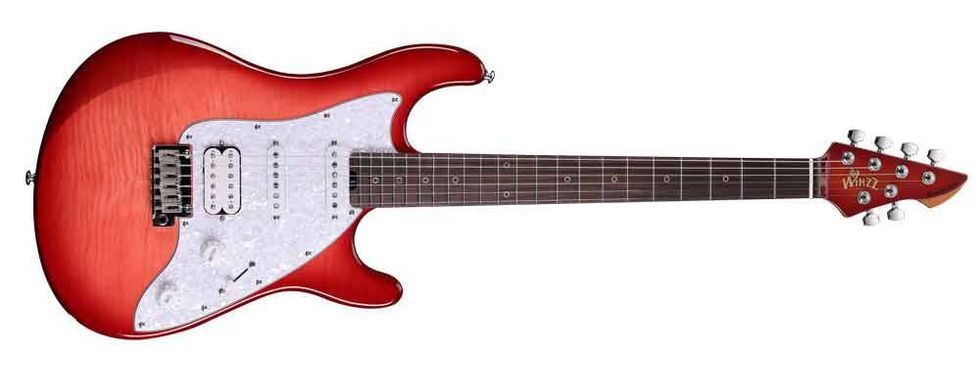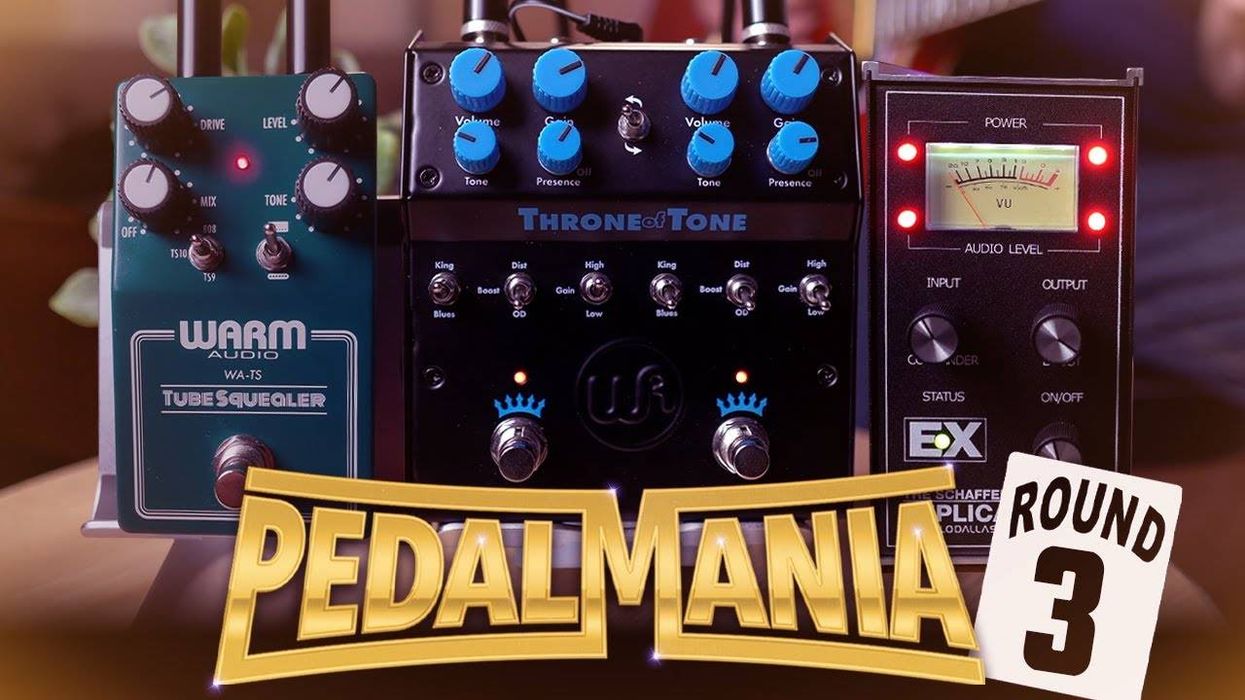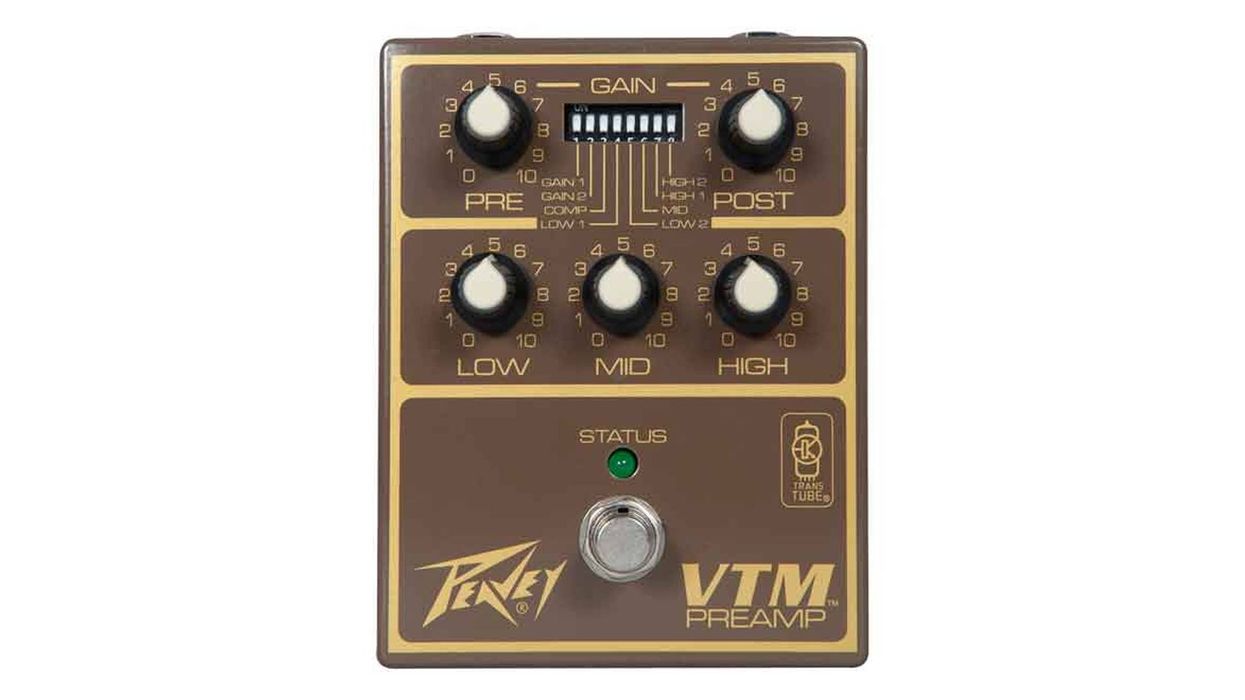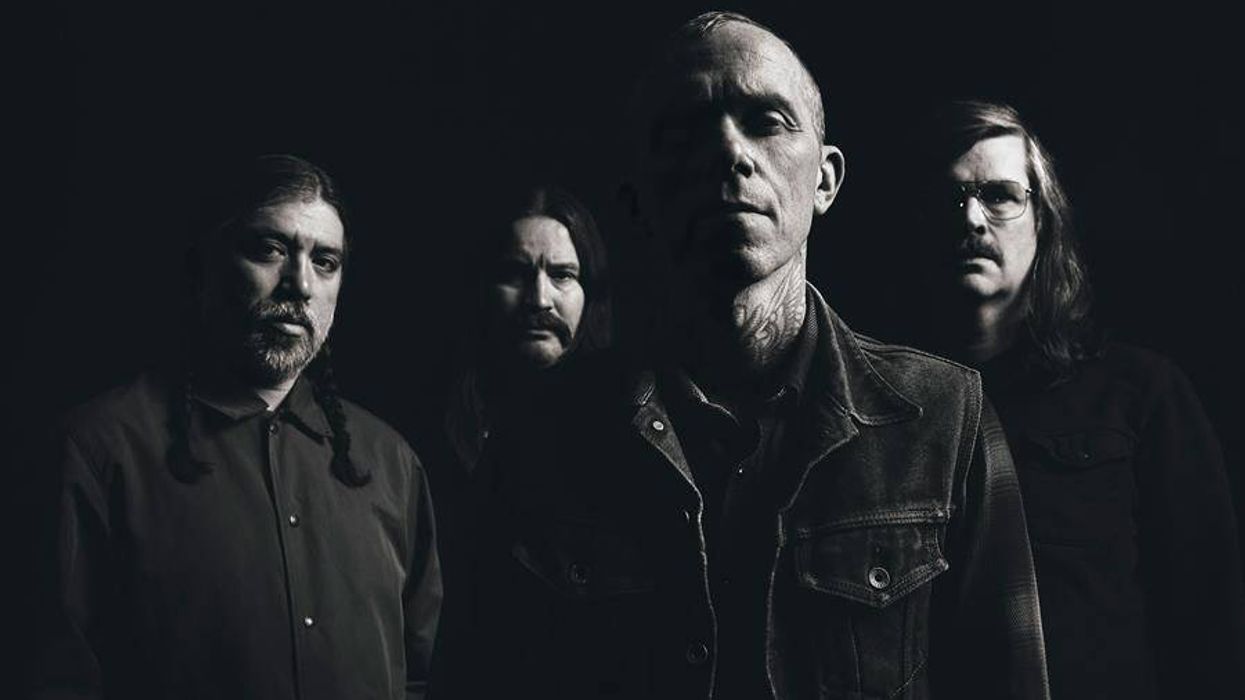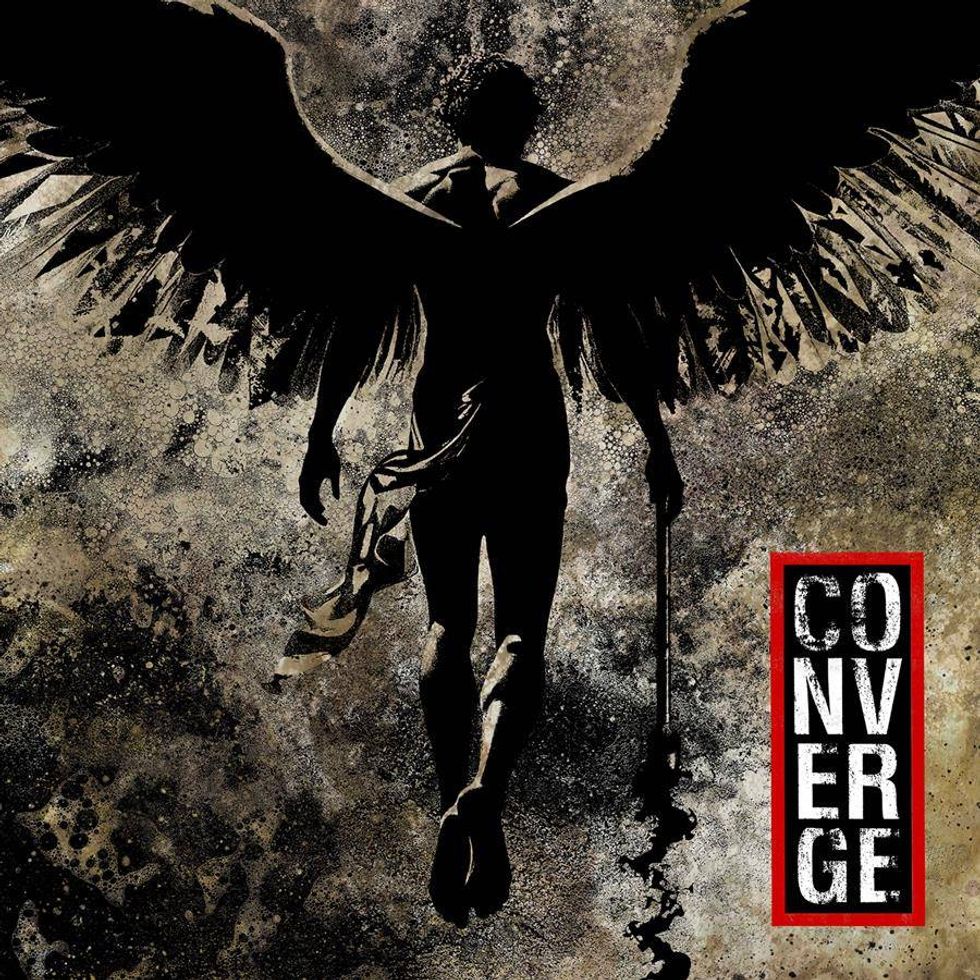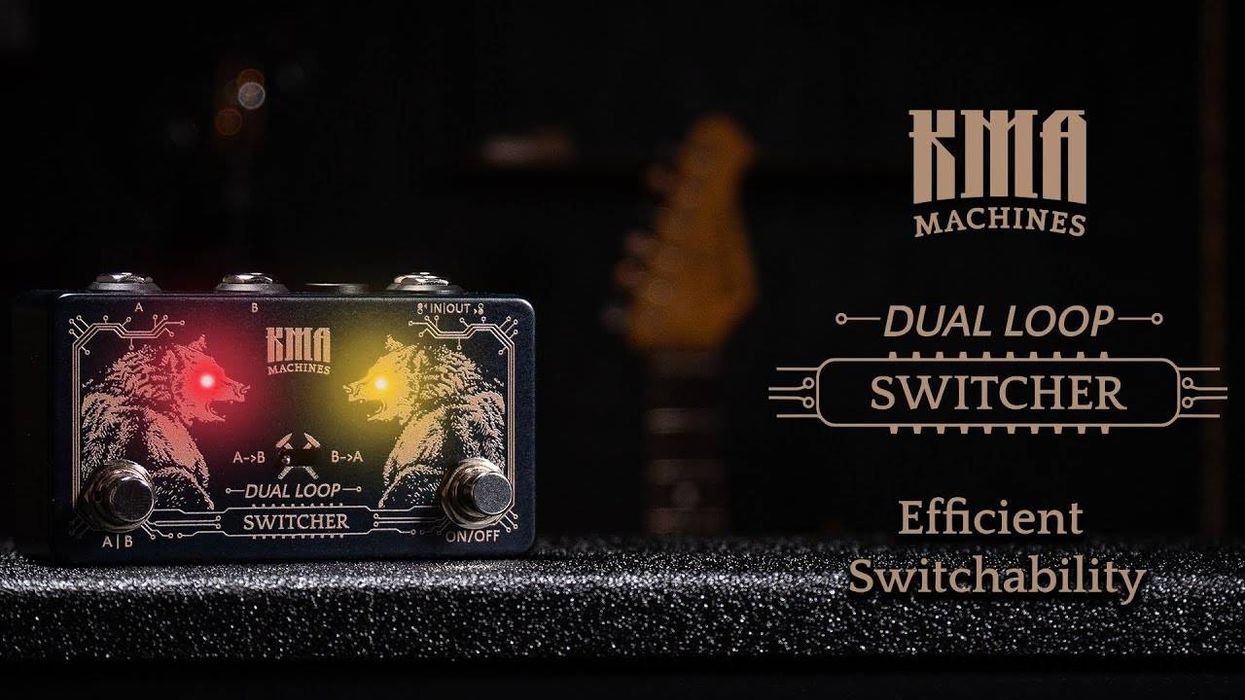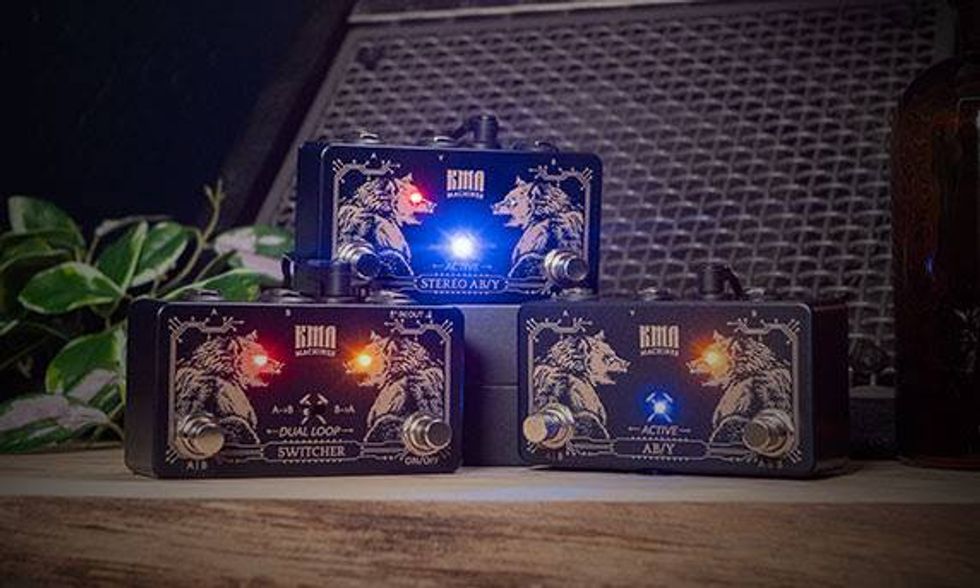Features include a MAX switch for 20dB or 33dB boost, PRE-GAIN knob for total gain control, and selectable Buffered/True Bypass switching.
Housed in EHX’s Nano-sized chassis, the LPB-3 is capable of boosting up to +33dB of clean gain with the powerful tone shaping of a 3-band EQ with parametric Mids. BOOST sets the overall output of the pedal with the MAX switch toggling between 20dB and 33dB of maximum boost. Use the PRE-GAIN knob to fine-tune the total gain and volume of the boost. The 3-Band EQ features TREBLE and BASS knobs to control the highs and lows plus a parametric Mids.
This Swiss Army boost pedal’s additional features include selectable Buffered/True Bypass switching and internally extended 30V power rails for enhanced headroom. The EHX LPB-3 is available now, comes equipped with standard EHX 9 Volt power supply, and has a U.S. Street Price of $129.00.
For more information, please visit ehx.com.
